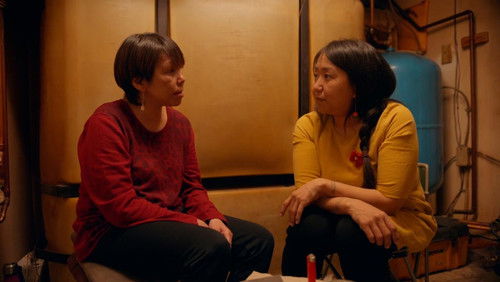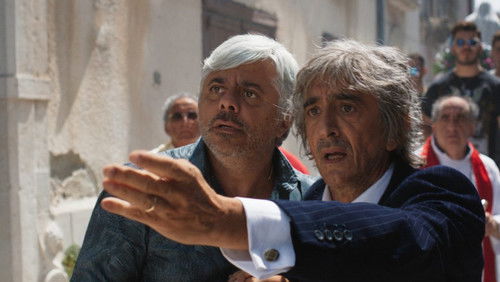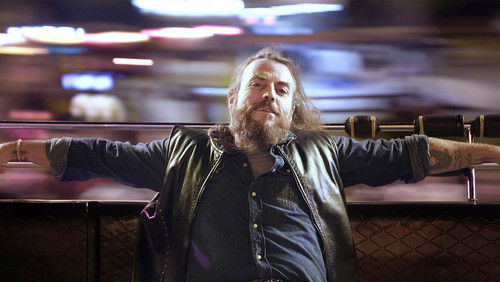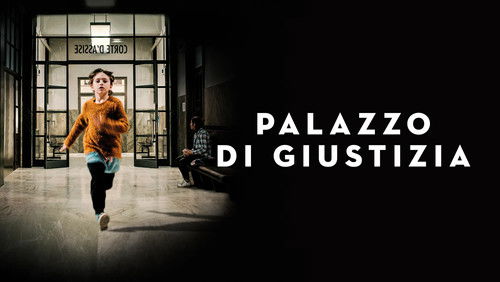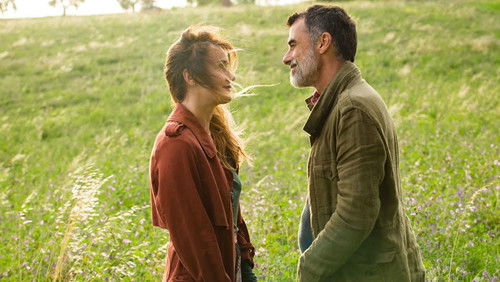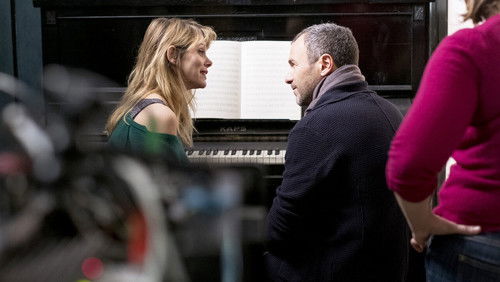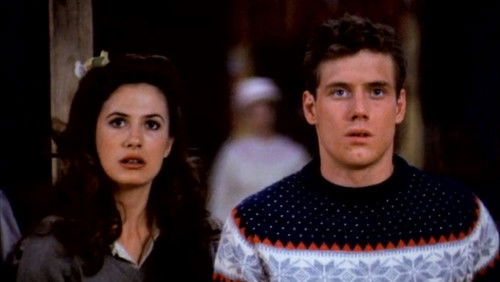Hiroshima (1953)
18KHiroshima: Directed by Hideo Sekigawa. With Eiji Okada, Yumeji Tsukioka, Yoshi Katô, Takashi Kanda. Brilliant and extremely realistic retelling of the day in Hiroshima that the bomb dropped and following days.
“This quotation was offered by Setsuko Thurlow, a Hiroshima atomic bomb survivor herself who is a Nobel peace prize recipient and disarmament educator now, who was present at the filmu0026#39;s screening in Toronto. She was there to speak of her first-hand experiences regarding the subject-matter and answer audienceu0026#39;s questions. She endorsed the film and called it well-researched and correct. The only exception she offered searching her memories of the aftermath of the nuclear explosion was how Hiroshima was eerily quiet after the atomic-bomb was dropped destroying the city and maiming and massacring its citizens. The film has its stunned silent moments, but also features citizens wailing as the soundtrack to suffering.nIn her talk she remarked that upon being invited to the screening she had not recognized the film at first. This is because the filmu0026#39;s title has changed since she first saw it some fifty five years ago. Having soon recognized it she was happy to speak to the audience in addition to endorsing it. She told the audience how she was just over a kilometer away when the atomic bomb dropped and would subsequently watch her sister, niece, nephew and many others either perish away or die outright. She spoke of the American u0026quot;political oppressionu0026quot; that followed and was critical of the occupying forces that took Japan over. She recalled how dismayed she was upon discovering that the survivorsu0026#39; treatment centres the Americans set up were just research laboratories, with the u0026#39;patientsu0026#39; as research subjects, and no treatment was offered for the affected, the burnt, scarred and cancer-ridden. She spoke of the censorship the American forces brought. One Japanese newspaper was shut down for mentioning human suffering. Haiku poetry and correspondence were confiscated and all the while there were 140,000 dead and wounded.u003cbr/u003eu003cbr/u003eHiroshima, the movie, is based on a book called Children Of Atomic Bomb, which is a collection of stories by child survivors of the attack. Ninety thousand Hiroshima residents, many of them hibakusha (a term referring to the survivors of the atomic bombings of Hiroshima and Nagasaki), labour unions and a head of university volunteered to help the pro-peace and pacifist movie to be made as no commercial entity and studio would help or touch it. The Japanese teachersu0026#39; Union financed the film to promote peace. The film is now restored as best as possible following its rediscovery. It depicts the period during World War II prior to and during the atomic bombing and the physical and societal aftermathu003cbr/u003eu003cbr/u003eThe focus of the film is the children, in particular students from a school, one of whom we learn right away has something typical of the post-war period namely leukemia which she, her fellow students and teachers call u0026#39;atomic bomb illness.u0026#39; She confesses to her friends that she doesnu0026#39;t want to die. The students are studious, but also in varying forms of denial, shock and ignorance. They read of the American hypocrisy of howling when Germany uses poison gas, but then itself drops atomic bombs on Japanese cities. Todayu0026#39;s Japanese know little about the dates and details of the atomic bombs over their country, but ironically even the children of the 1950s had little factual information about what had happened. Indeed the contemporary conservative Japanese government of 2017 voted against the abolition of nuclear weapons at the United Nations.nBack to the children and during the war they knew American u0026#39;Bu0026#39; bombers by sight and sound, yet and obviously no one expected the atomic bomb given how the technology was new and never used prior. The aftermath was unbelievable. After thinking for some time the best description of the depiction in the film is none other than u0026#39;hell.u0026#39; What the viewer sees is hell. Man and woman, old and young, civilian and military are in an actual hell and no grainy sixty-year-old footage can distort, diminish or mask it. The film demonstrates the hell other films try to portray: dark, smoky, grim; devastation, rubble, piles of forlorn bodies suffering or dead everywhere with no respite or safety as black rain pours from the sky on the charred and burnt bodies and the living alike. The children are young, but injured or dying at worst and orphaned, sick, suffering, in gangs and separated from family and alone at best. In contrast, we see shots of Japanese harlots hand-in-hand with American soldiers after the war walking around in dresses or sitting and dancing with them at dance clubs. A student succumbs to cancer following her blood poisoning due to radiation in a barebones hospital. It is depressing beyond belief.nThe film is even-handed – if one could call anything the flip side of civilians incinerating as an atomic bomb drops from the sky fair – and the audience sees Japanese working and mobilizing during the war, practicing and child labour in the name of emperor. The Japanese army dishes out propaganda continuously and even once the atomic bomb is dropped a general is seen demanding a civilian salute him. Yet, no soldier helps the civilian rescue his trapped wife. Then the Japanese officers are seen sitting around plotting to further lie to the citizens and discussing the best way to kill the u0026quot;rumoursu0026quot; as opposed to helping the citizens or confronting the reality on the ground.u003cbr/u003eu003cbr/u003eAs the world turns some things never change. Both the American war criminals and the Japanese elites – like the emperor – are in another world comfortable with full stomachs and never missing a meal as hell unfolded.”
